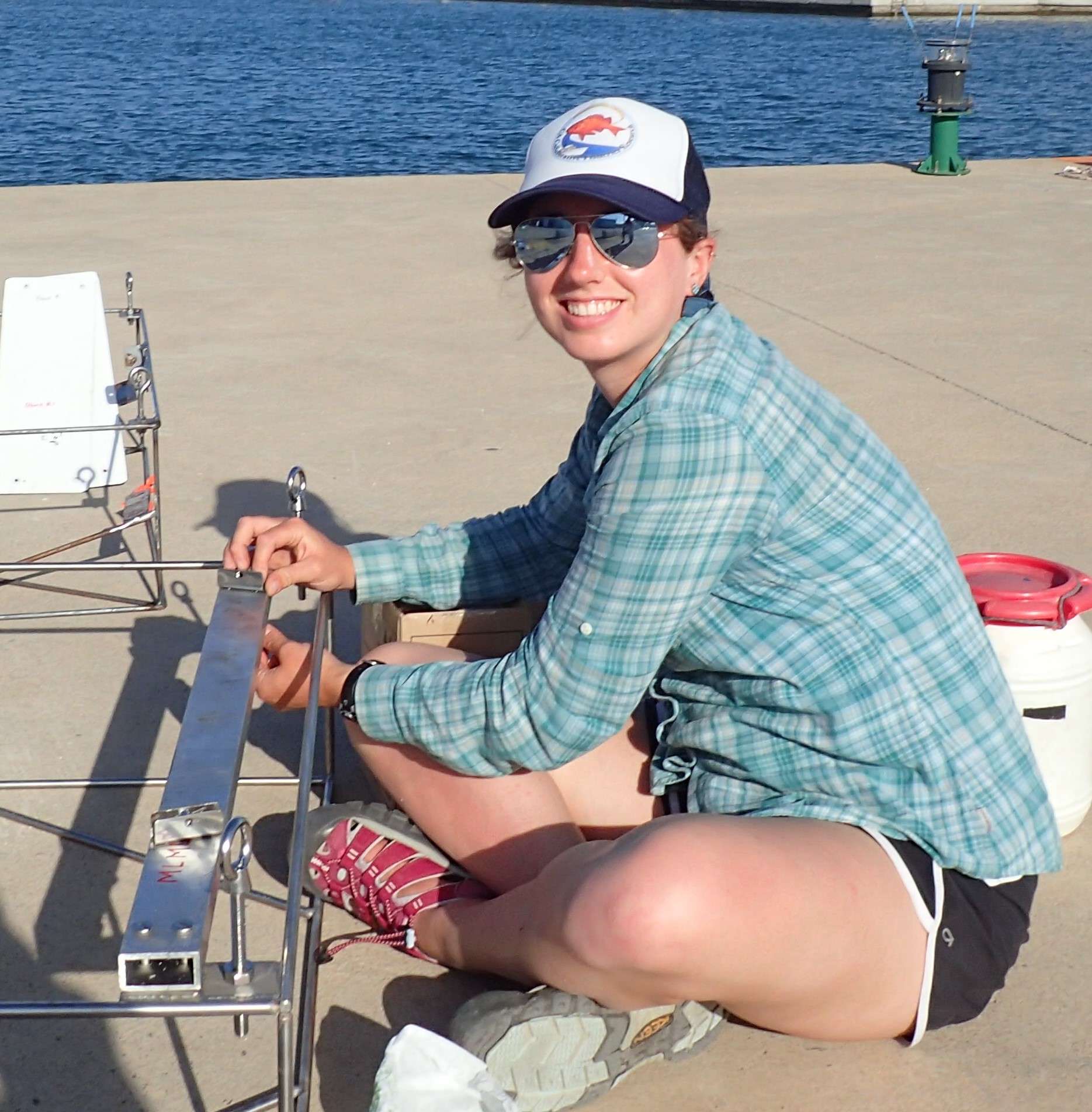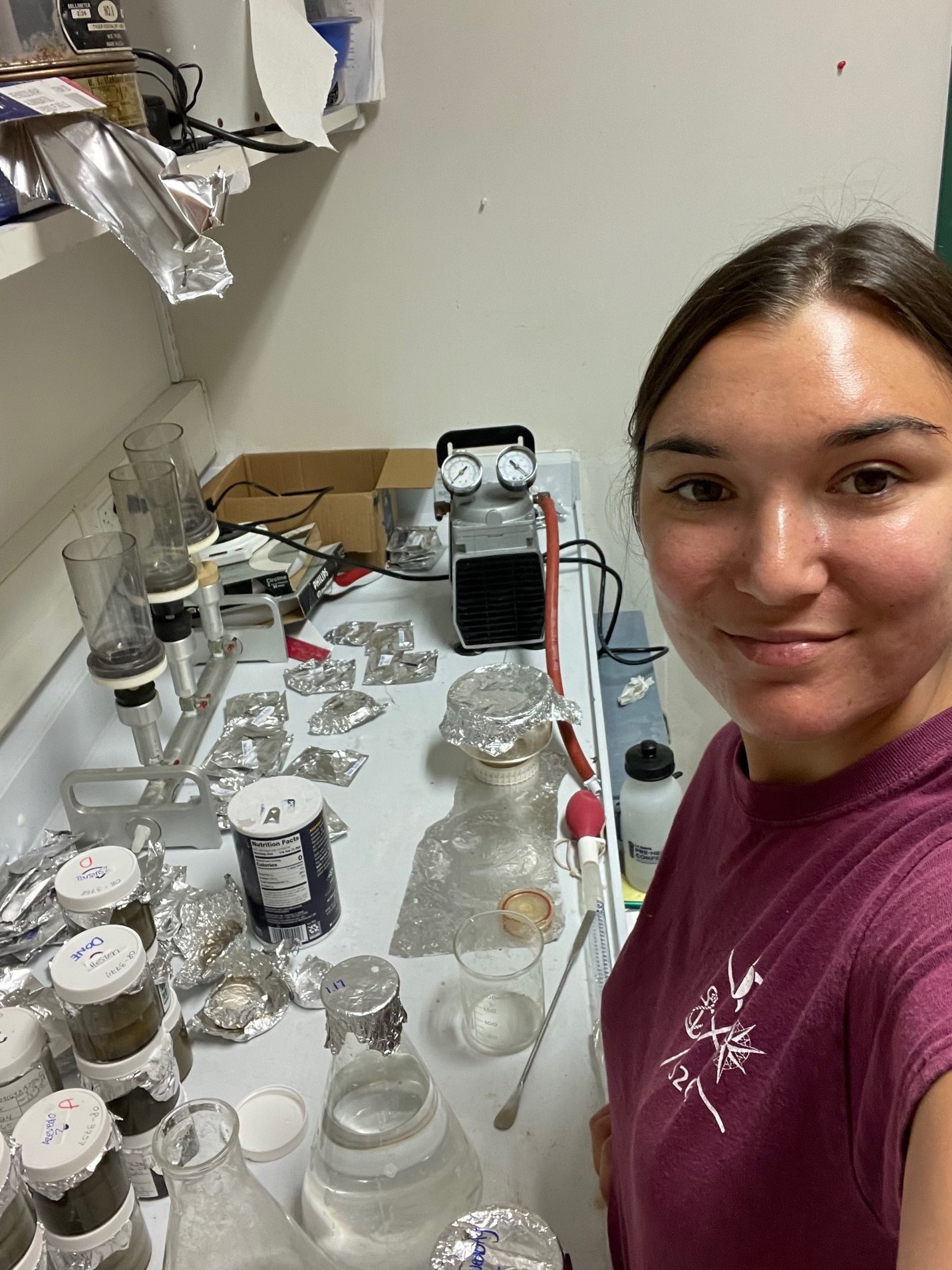"Spatiotemporal Dynamics and Biogeochemical Responses in a Tidally Restricted Moro Cojo Slough"
A Thesis Defense by Ryan Chiu
Zoom | Live-Stream | November 8th, 2023 at 3:00 pm PDT
Abstract
Four years of observational data for Moro Cojo Slough (MCS), a Mediterranean climate estuary in central California, linked anthropogenic nutrient loading and hydrological modifications to a shift in net ecosystem metabolism (NEM) that differs from the characteristic net heterotrophic behavior of most estuarine systems. A lack of precipitation and limited flushing during the dry seasons, as evidenced from hypersaline waters, contribute to high ecosystem respiration rates that drove NEM to nearly balanced or net autotrophic. During the wet seasons, increased runoff and nutrient loading due to precipitation elevated primary production rates within MCS, characterizing the system as net autotrophic. Box models developed for the estuary determined that: 1) salinity was primarily controlled by advection and runoff, 2) high nitrate fluxes were advected into the slough at the mouth, and 3) the processes that dominate DO fluxes were biological processes and gas exchange. Field deployments of DO loggers further reinforced this dependence on daytime primary production and nighttime ecosystem respiration, as observed in the diurnal variabilities in DO. With anthropogenic factors playing a critical role in MCS’s net autotrophic characterization, there is concern that heavily modified systems may begin to exhibit a shift in metabolic behavior and ultimately act as a net source of carbon.




















